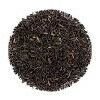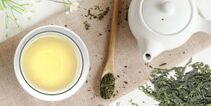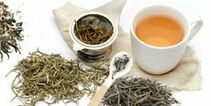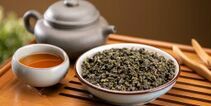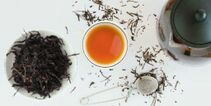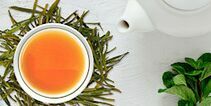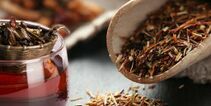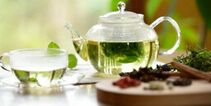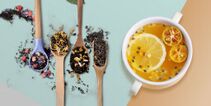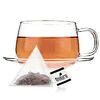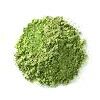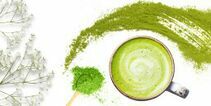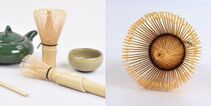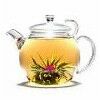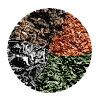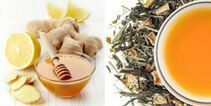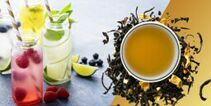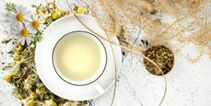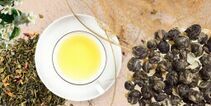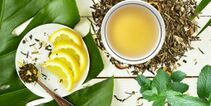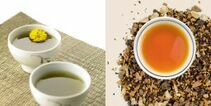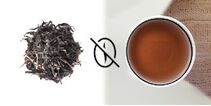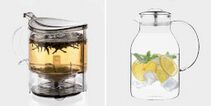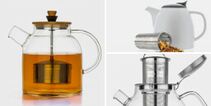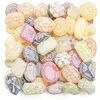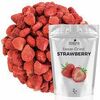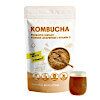Mastering: Japanese Tea
Japanese tea has two main camps in the green tea world. There is single field (single origin / plantation) tea, and pure tea blends.
Single field tea is a direct translation of the Japanese term 単一畑 or “tan itsu batake”. The literal word by word translation of this term from Japanese to English would be “only one field”. This is tea that is of a cultivar, grown in a single field, by one producer- it will have a unique character, and represent the specific terroir of the growing location without any manipulation of the “message” of the soil, climate, rain and manufacturing of the producer.
Since single field teas are not blended, their defects cannot be concealed or improved by blending leaves produced in other locations or made by other growers. Sometimes a single field tea is wonderful, and frankly sometimes it tastes flat.
Therefore, the quality of single field teas depends directly on the ability of the producer to read the climate and topography, choose the right location, the right cultivar, the right amount and timing of fertilization, the right timing for harvest as well as the right manufacturing methods after harvest.
While first exploring the world of better tea, one may be surprised or shocked to find that some teas have a variety of leaf shape and size, and sometimes small particles (which can be common in fine Japanese teas). This isn’t a sign of low-quality, but the fingerprints and skilled work of a Chasho (Tea Master). A Chasho is a tea-making expert!
The tea drinker may sometimes want an astringent taste, while at other times desire a sweet, smooth, bitter, or aromatic taste. This is where the Chasho comes in.
Since tea production is very much dependent upon many natural, variable elements- the rain, climate variations, temperature, etc.… each season’s picking will taste different. Each season, the Chasho carefully grades several varietals of tea to create the desired color, texture, aroma, and taste. The Chasho chooses teas from different regions and then blends them so that the resulting tea is better than the sum of its parts.
You can taste this for yourself in tea tastings, fine Japanese tea blends will have a much more rounded, full, and umami taste in general.
Note that it takes a great amount of skill to perform this feat! It’s easy for any tea enthusiast to tell a good tea from a bad tea, but to think about how different teas can work together as one is an entirely different thing altogether.
We encourage you to explore the tea world, to read up and try different sample sizes- decide for yourself what you like, your preferences may surprise you!

